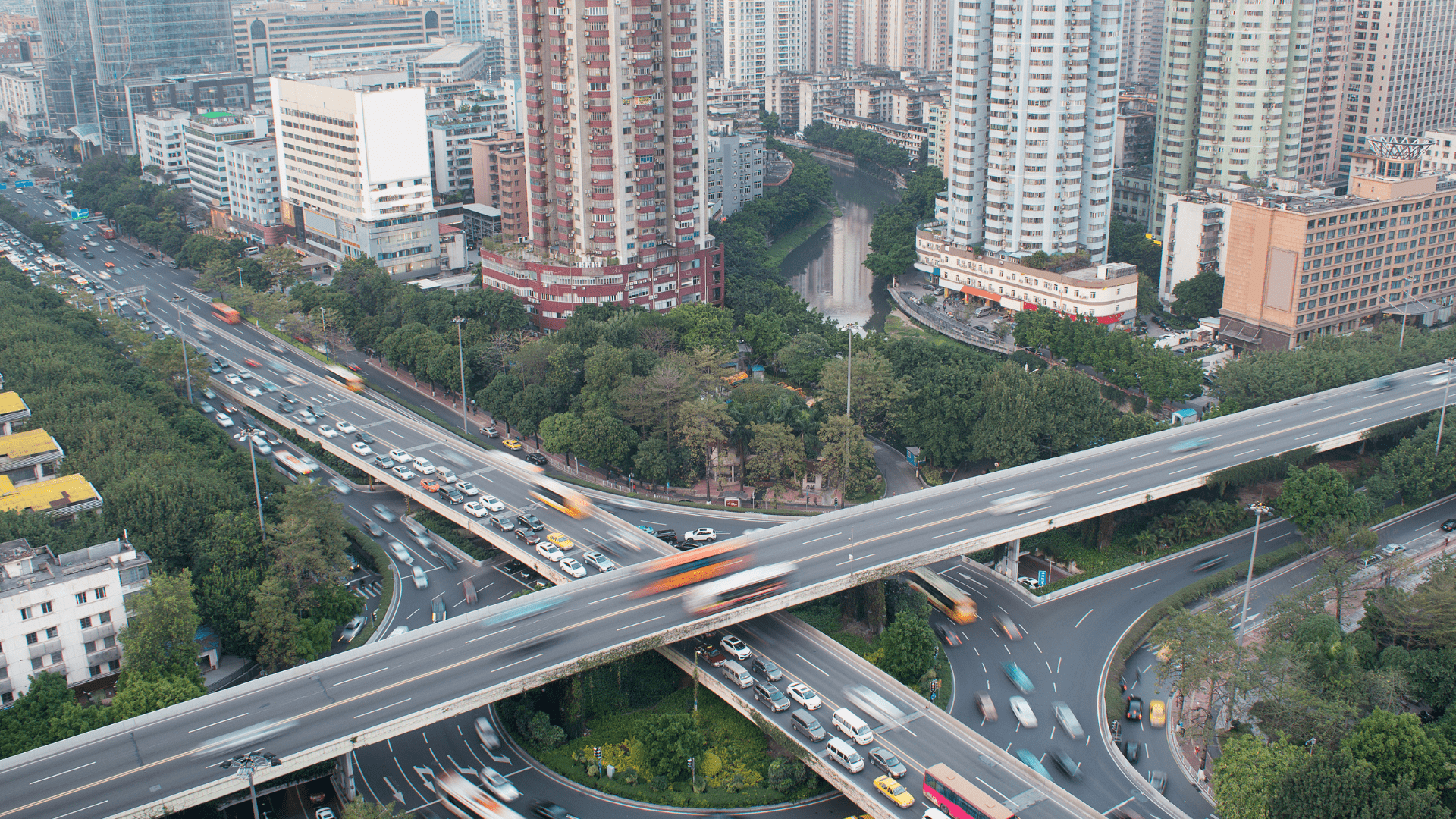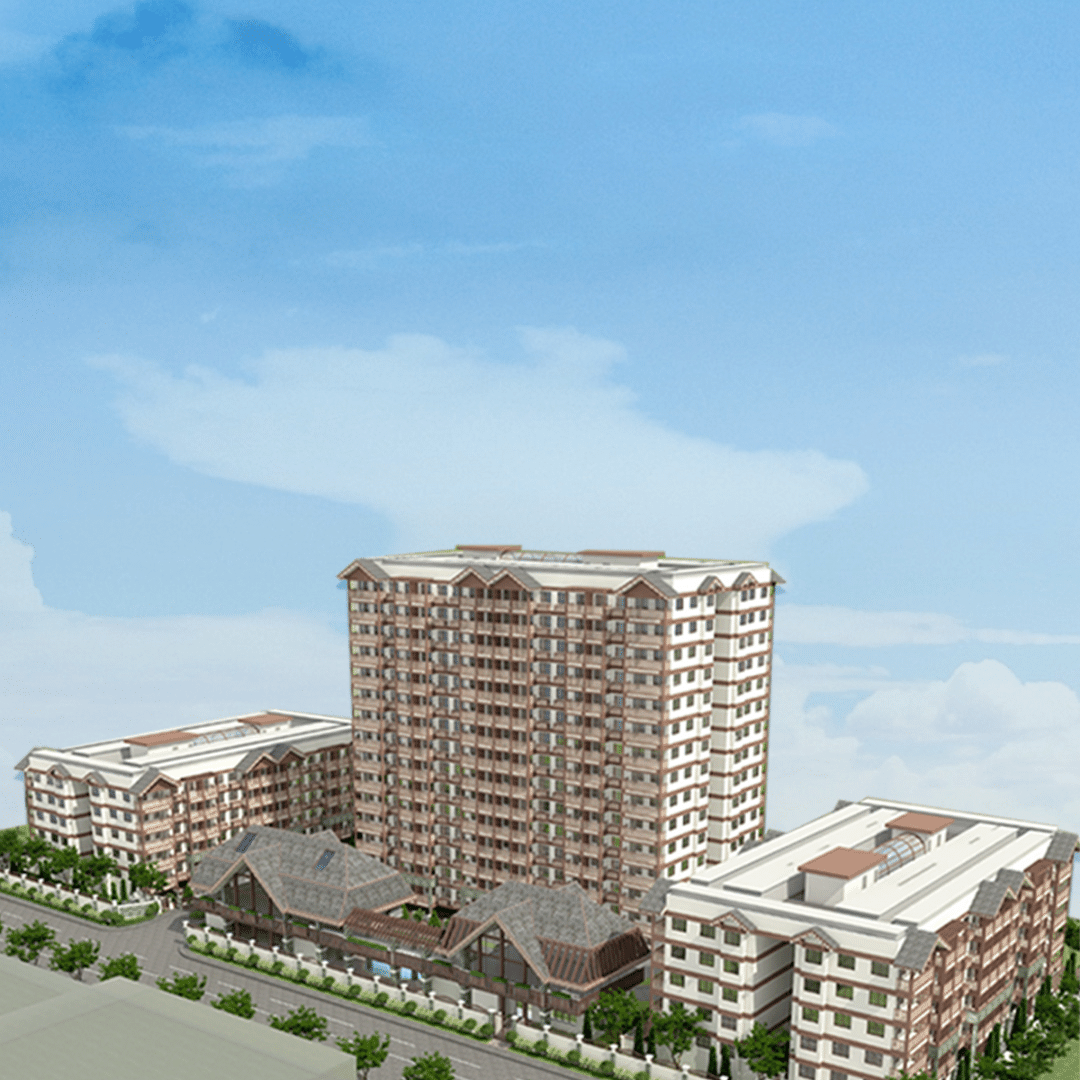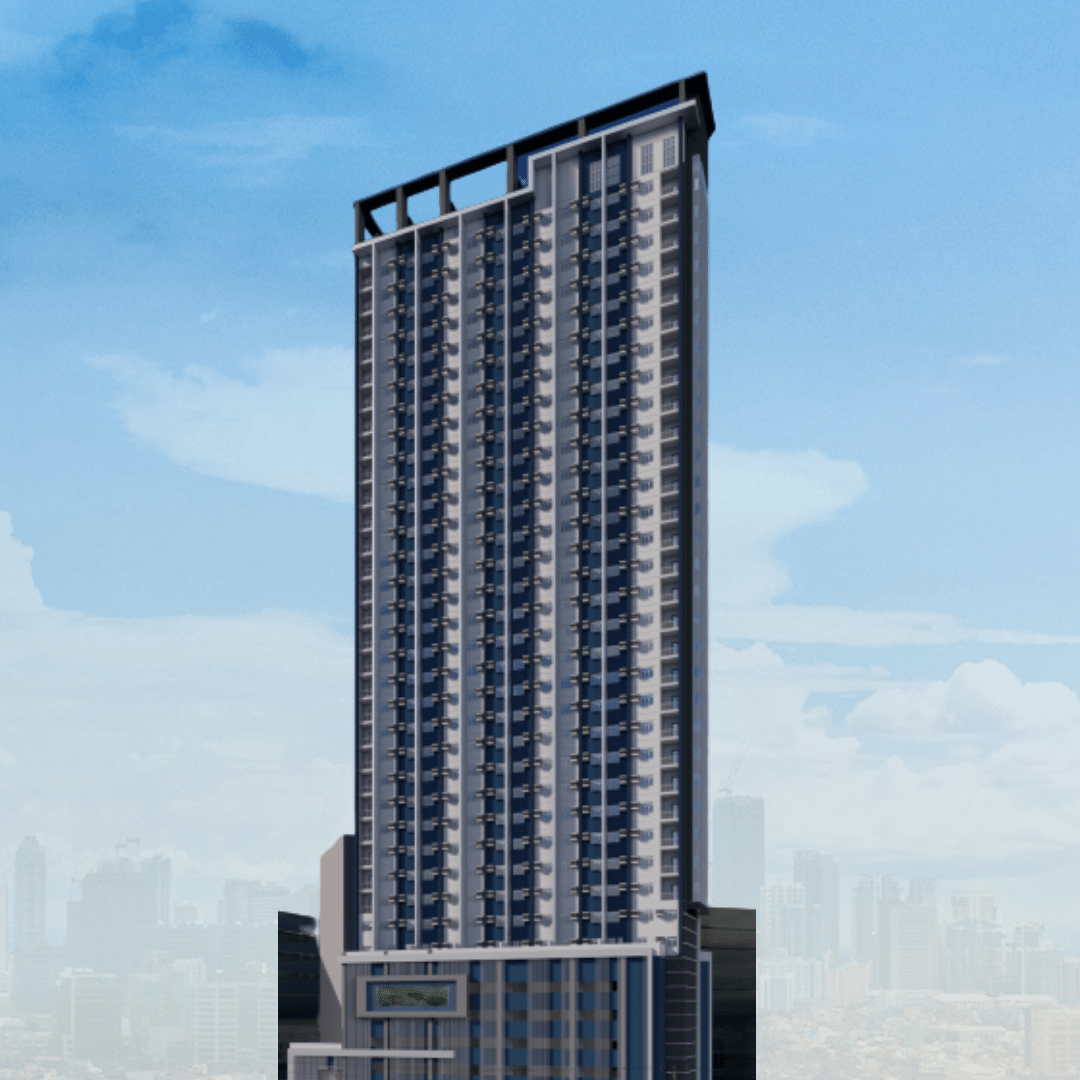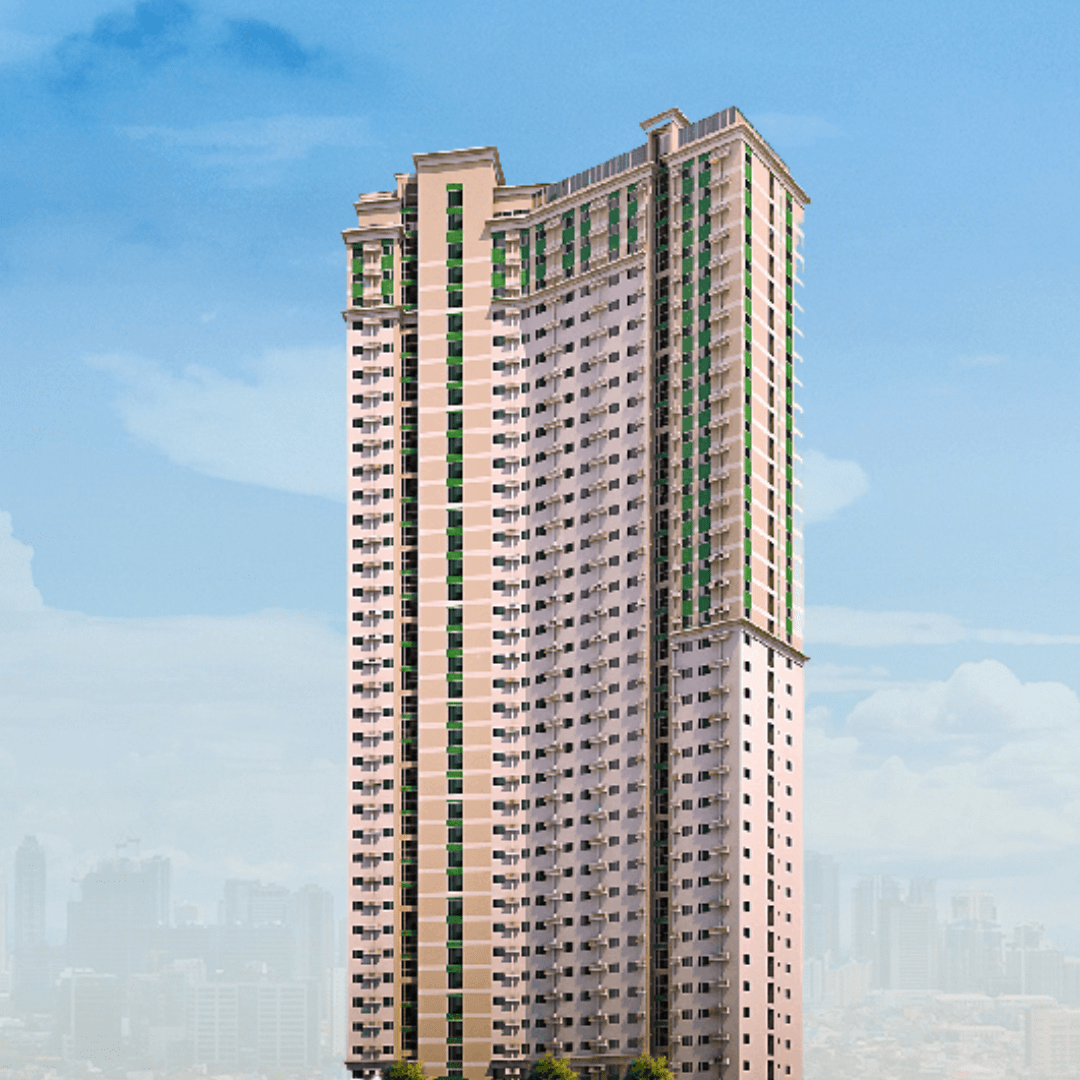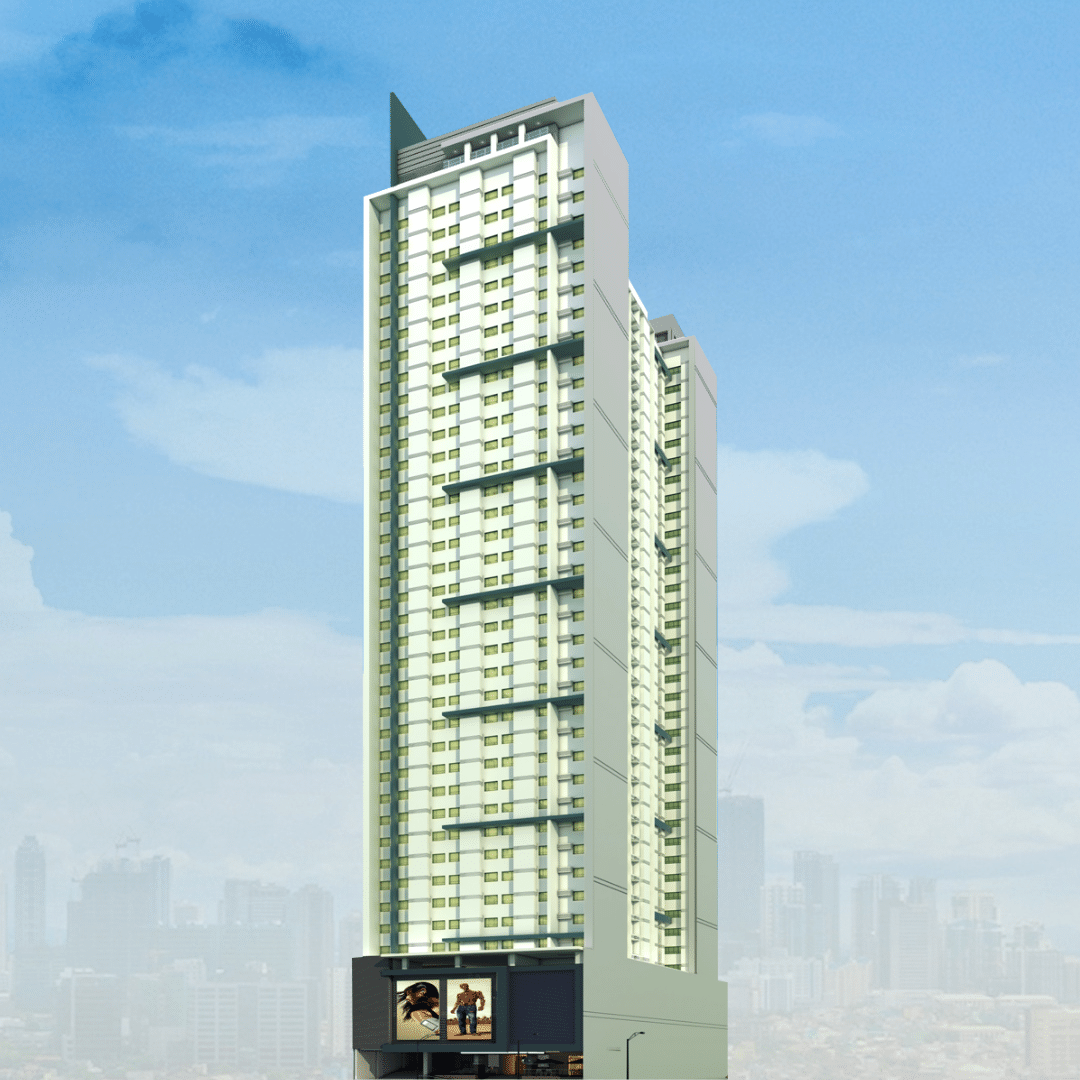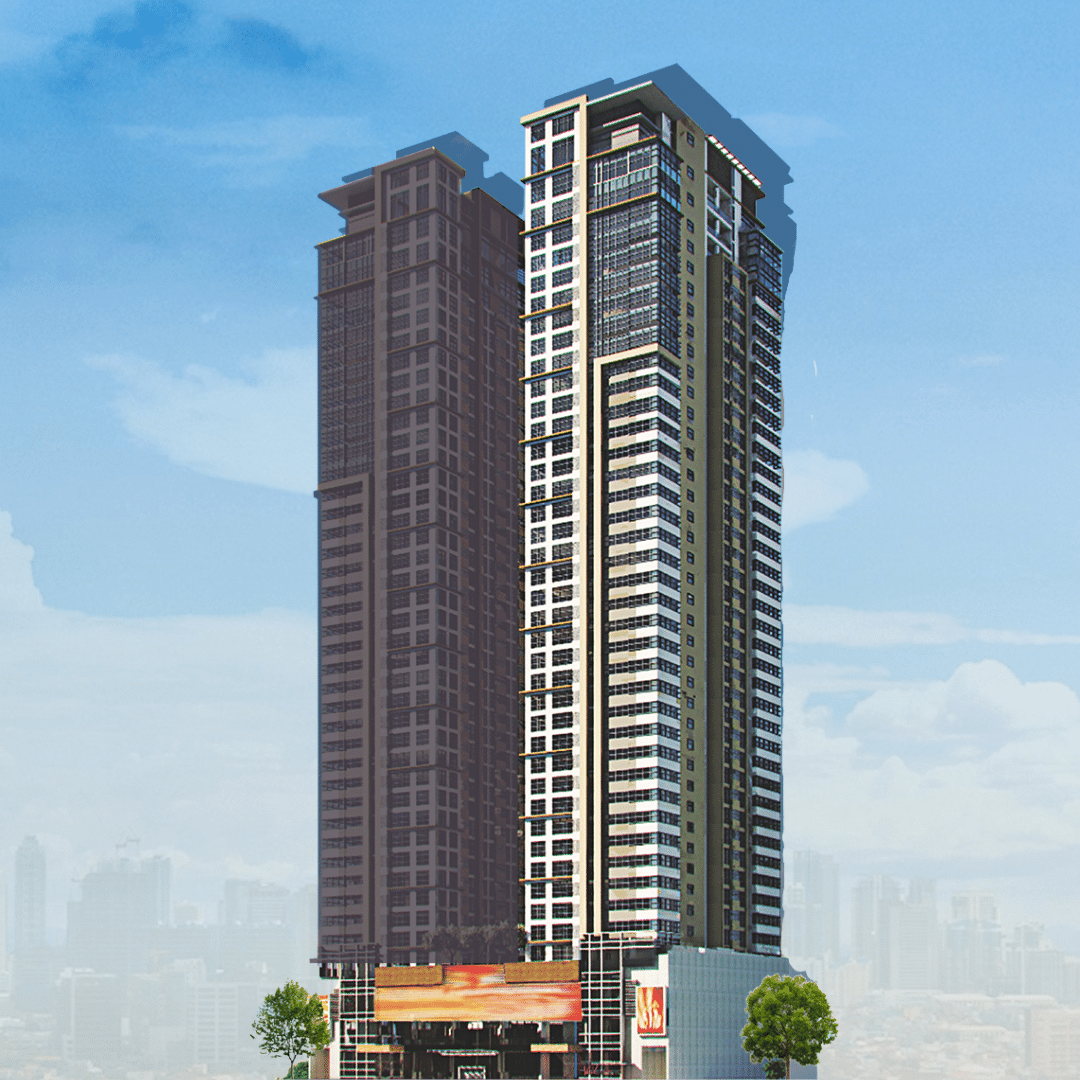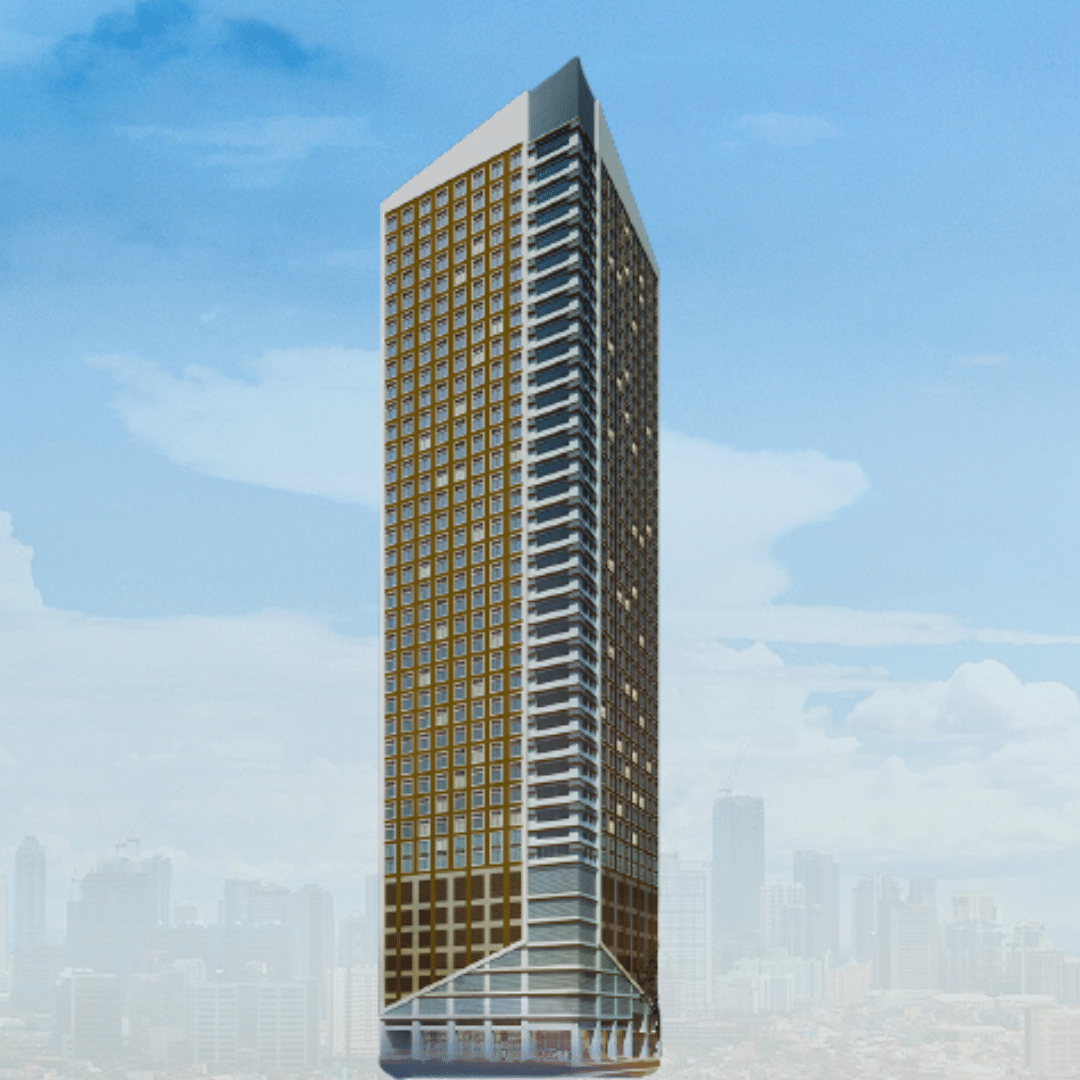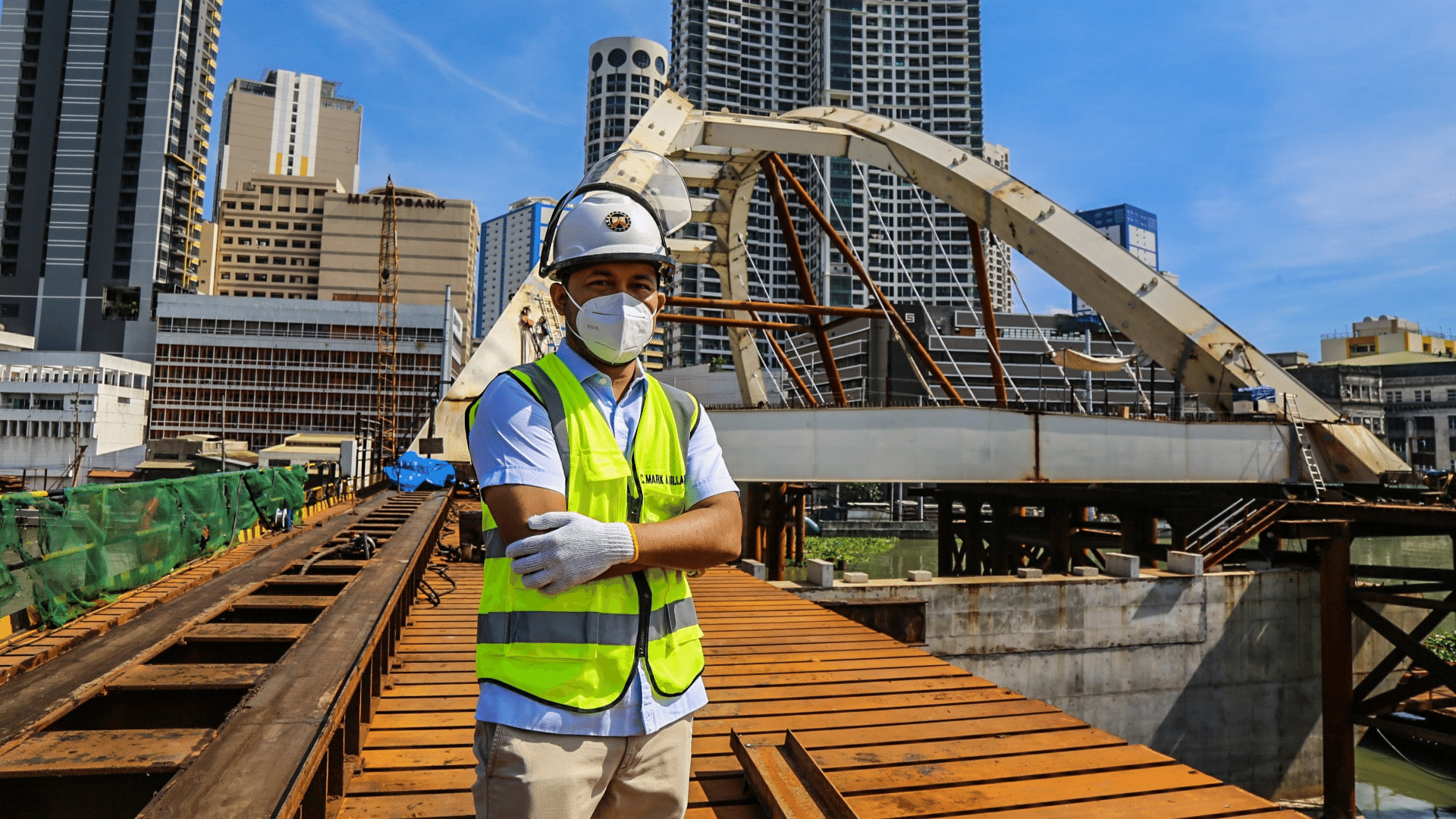A massive surge in credit expansion and increased government revenue is about to completely reshape the Philippines' dynamic economic landscape.
This impending boom stems from an ambitious portfolio of infrastructure projects, propelled by the government's steadfast dedication to the "Build, Build, Build" initiative and its participation in Public-Private Partnerships (PPPs).
Analysts project that credit will grow by more than 10% in 2024, which will be a significant turning point in the nation's economic history.
Examining the Crucial Function of Infrastructure
The fundamental role that infrastructure projects have played in restructuring the Philippine economy is at the center of this revolutionary journey.
Infrastructure investments are more than just building on and enhancing the current railway network; they are a calculated bet on the future of the country. With a thorough examination of the projects' effects on the environment and the economy, this article seeks to analyze and understand the many facets of this infrastructure boom.
It also examines the future goals of the Department of Public Works and Highways (DPWH), highlighting the importance of infrastructure services and perspectives from important players in the process of economic development.
I. Build Better More Initiative (formerly known as the Build, Build, Build Program)
One of the main goals of President Ferdinand "Bongbong" R. Marcos Jr.'s administration's eight-point socioeconomic agenda is the nation's Build Better More Program. It will receive significant funding from the Department of Transportation (DOTr) at an estimated P214.3 billion in the 2024 budget.
The country's Philippine Development Plan 2023-2028 aligns with this need for a few focused investments. In his budget message, President Bongbong Marcos made it evident how important it is to increase the DOTr's funding starting in 2023 and how important transportation policy is to fostering sustainable economic growth.
Roads and Highways
The "Build Better More" concept is centered around a vast network of road and highway developments. One of the major projects is the Luzon Spine Expressway, which would improve connectivity throughout Luzon, cut down on travel time, and stimulate the local economy.
Mass Transportation
The Rail Transport Program will receive about 76.4% of the DOTr budget, helping to construct and modernize railway infrastructure. The North-South Commuter Railway System, Metro Manila Subway Project Phase I, LRT Line 1 Cavite Extension Project, Philippine National Railways South Long Haul Project, and MRT 3 Rehabilitation Project are just a few of the rail projects that will profit from this investment.
The Land Public Transportation Program will receive P6.4 billion for upgrading transport services in Davao City, decongesting roads in Cebu City, constructing more bike lanes and public transport stops, building safe walkways around metro Manila, and improving the EDSA Busway Project.
Airports and Seaports
Serving as important entry points for travel and trade, the renovation of important airports and seaports across the country is expected to relieve traffic, enhance air traffic control, simplify logistics, and draw in foreign investment. More than just infrastructure; they also act as drivers for strong national economic development.
With P6.1 billion in funding, the Aviation Program is focused on expanding and renovating airports across the country. Projects that have received funding include the Ninoy Aquino International Airport, Kalibo International Airport, and Laoag International Airport, among others.
A portion of the budget will be allocated to the new Communications, Navigation, and Surveillance/Air Traffic Management System Development Project to enhance air traffic control. As a result, air traffic controllers will be able to use the newest technology for more efficient communication.
II. Public-Private Partnerships (PPP)
Collaboration between a commercial enterprise and a government agency is known as public-private partnerships. One of the best examples is the Ninoy Aquino International Airport (NAIA) Expressway (Phase II), wherein the Department of Public Works and Highways (DPWH) let the private key sectors particularly power the construction.
Financing Models
The government's proactive participation in PPPs is indicative of its dedication to innovative funding. More private sector involvement enables the implementation of more ambitious projects that may be outside the scope of traditional finance channels by sharing the financial load. For infrastructure development to be sustainable and scalable, this collaborative strategy is essential.
Inclusive Growth
PPPs contribute to economic growth in two ways. These alliances create opportunities for companies and entrepreneurs to actively engage in the development process in addition to supplying extra funding.
By guaranteeing that the advantages of infrastructure development are spread across numerous industries, this inclusive strategy supports a more equal and balanced trajectory for the country's economy.
III. The Function of DPWH: Upcoming Initiatives and Plans
The Department of Public Works and Highways (DPWH) is a key player in carrying out the infrastructure services of the national government. Leading these efforts, Secretary Bonoan describes DPWH's future development outcomes and objectives to guarantee the effective completion of important projects.
Sustained Development
Secretary Bonoan highlights the DPWH's dedication to environmentally friendly growth. Plans for the future call for incorporating eco-friendly procedures and green technologies into infrastructure projects. This puts the Philippines in a position to lead the globe in sustainable environmental protection initiatives and is consistent with the current global trend toward environmental responsibility.
Furthermore, the path forward is also strongly suggested to include implementing a rigorous fiscal reform program with continued reforms in key sectors. This would significantly reduce corruption, strengthen central oversight of planning and coordination, and make a small number of focused investments.
Technological Advancements
Beyond infrastructure constraints and conventional projects, DPWH sees the Philippines becoming a tech-savvy country in the future. This goal requires investments in smart cities, digital infrastructure, and technology development.
The agency wants to use technology to improve infrastructure systems' efficacy and efficiency so that they can support economic growth in the digital era.
Key Development Challenge
Secretary Bonoan is aware of the difficulties brought on by the rapid population growth, poor business environment, and insufficient infrastructure.
To solve this, DPWH intends to carry out initiatives that prioritize sustainable urban development in addition to providing housing and adequate resources for the growing population.
This strategic approach aims to build resilient and livable cities that can endure the stresses of urban expansion.
IV. Future Prospects
Being more than just a statistic, the acceleration of credit growth and increased government revenue translates to the country's tenacity and pursuit of sustainable economic growth. The government's commitment to the "Build Better More" program and DPWH's ambitious ambitions complement each other as the Philippines sets off on this revolutionary path of infrastructure provision.
They will continue and expand infrastructure development to address the country's connectivity gap, going beyond just building by incorporating sustainability, resiliency, and advanced technology into system development projects and infrastructure facilities.
Digitalization
The Philippines is prepared to integrate technical innovations and digital infrastructure into its economy in the future. In line with the worldwide trend toward digitalization, the goal of DPWH is to establish the nation as a center for technical innovation and smart infrastructure solutions.
Ecological Funding
In addition to drawing in foreign capital, green bonds and environmentally friendly policies also strengthen the nation's environmental policy. This sustainable strategy makes sure that economic expansion is accomplished without endangering the environment's long-term health.
Under Secretary Manuel Bonoan's direction, DPWH's future plans are critical to crafting a future in which infrastructure is more than just a means of connecting and improving transportation services. It will also be a catalyst for equitable growth, technological innovation, and environmental stewardship.
